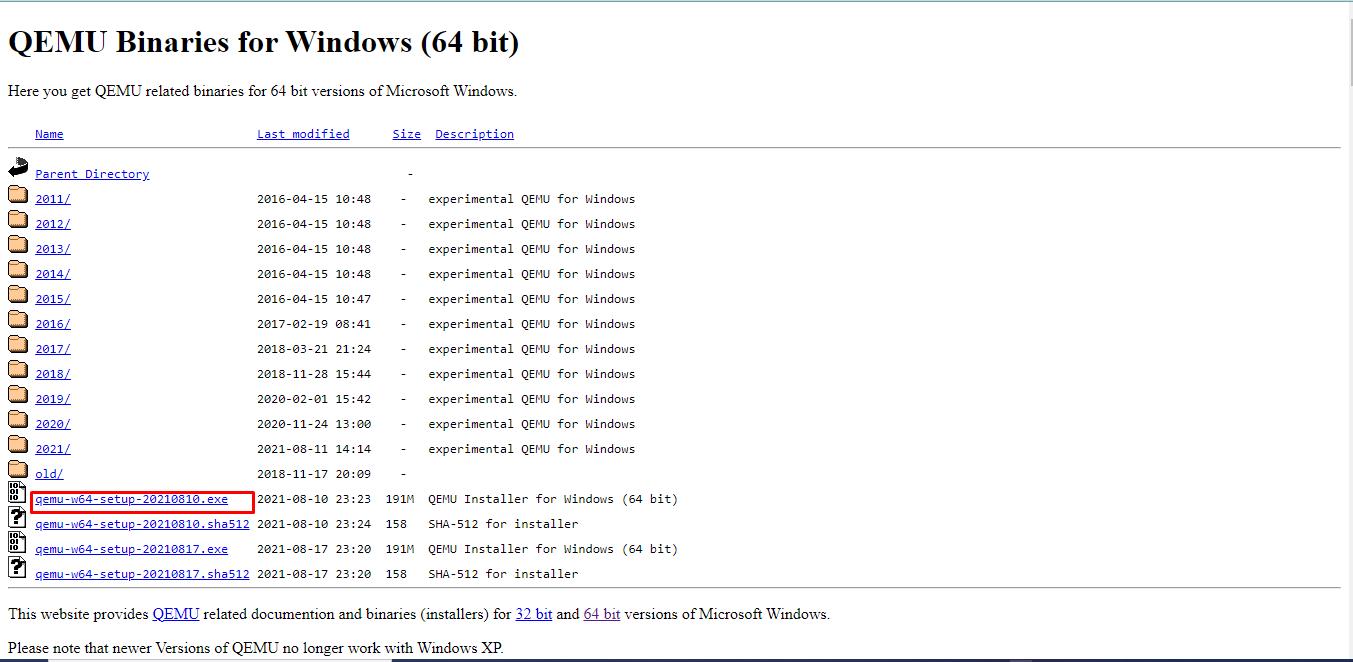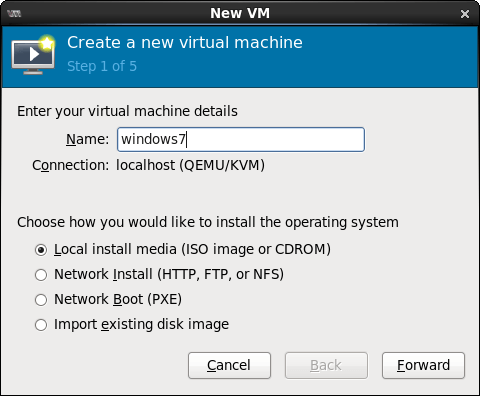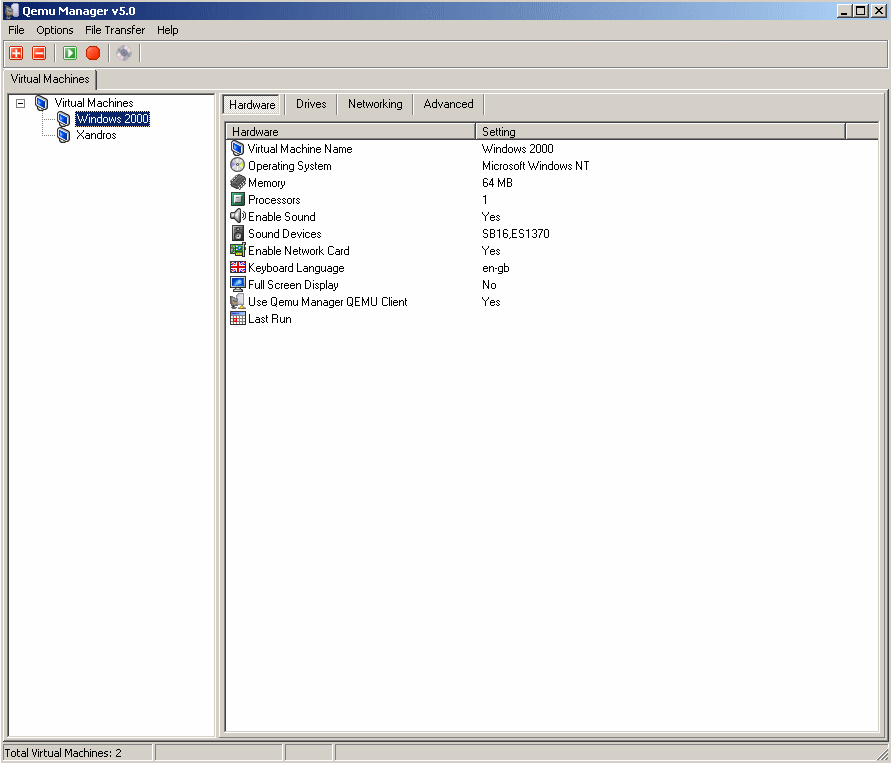

However, most of the time, it will be the ISO image, thus select the default “L ocal install media ISO image or CDROM”.
#Qemu gui windows Pc
To create a new VM, click on the PC icon and then select the source of the operating system you want to install.
#Qemu gui windows windows
You can also use Virt-Viewer to remotely view VMs on Windows platforms, however, that would not allow you to create a new VM. Note: If your KVM is installed on some CLI server, then install Virt-Manager on some other Linux PC or laptop with GUI. Once the installation is completed go to Applications and search for Virtual Machine Manager, as its icon appears click to run it. Our KVM is already installed, now it’s time to install a Graphical user interface to create, start, stop or delete virtual machines using Virt-Manager. Install Virt-Manager GUI for KVM on Linux

sudo apt install qemu-kvm libvirt-daemon-system libvirt-clients bridge-utilsģ. So, here is the command to setup KVM along with other tools for its proper management and functioning. Nevertheless, for a small office or running multiple virtual machines, it is recommended to use a command-line server that will consume fewer system resources so that your VMs will have more power to work. However, the command for doing it will be the same for both. Well, you can install KVM on both Desktop and Server editions of Ubuntu, it is your choice.
#Qemu gui windows update
The first thing we perform is the running of the system update command: sudo apt updateĢ. If you are installing KVM on some Ubuntu server then you already on the command line, whereas GUI desktop users can access the terminal from the All applications area or using the keyboard shortcut Ctrl +ALT +T.

The given steps are also applicable for Ubuntu 18.04, Debian, Linux Mint, MX Linux, Elementary OS, Kali Linux, and other similar Linux distros. Install KVM and Virt Virtual Machine Manager GUI on Ubuntu 20.04 LTS Create a disk image for the KVM virtual machine

Thus, the installation of KVM becomes a lot easier, we only need a Linux-based system such as Ubuntu and a processor with intel-v / VT-x or AMD-v support. KVM is a virtualization module that can easily be installed in any Linux kernel to allow it to function as a type 1 hypervisor. KVM stands for Kernel Virtual Machine, where QEMU is an emulator that can also be used as a virtualizer with the help of KVM to provide a native speed by accessing Intel VT-x or AMD V technology of modern processors. Qemu and KVM both are open source platforms for performing virtualization on Linux platforms. When it comes to running virtual machines on home Linux systems or for personal use most of us either go for VirtualBox or Vmware workstation player, however, there is more best option i.e KVM/Qemu.


 0 kommentar(er)
0 kommentar(er)
